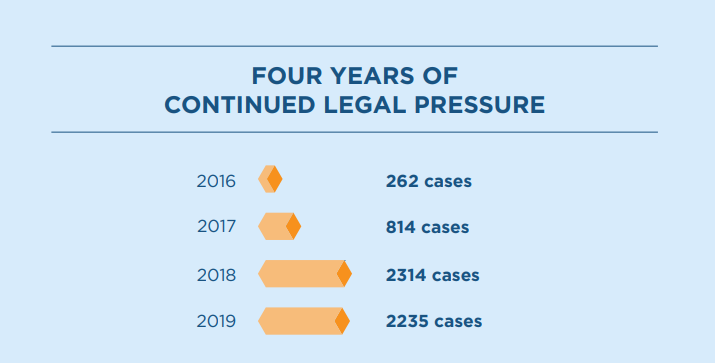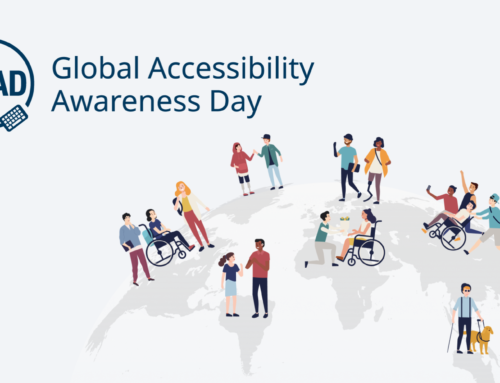There are three key considerations when deciding if you should invest in digital accessibility. These are the legal implications, maximising conversions from disabled users and of course, the benefit to the brand of being a moral company that cares.
Legal ramifications
With a number of high profile litigation cases against companies over the last few years, many businesses will decide to invest in digital accessibility to ensure they do not have to deal with the time, cost and damage to the brand that will inevitably result as a consequence of a lawsuit.
It is currently a legal requirement for all websites to be accessible as per the Equalities Act 2010 with the Government choosing to adopt the WCAG 2.1 AA Standards as a benchmark by insisting that all public sector organisations adhere to those standards no later than September 2020. These requirements have been in place in countries like the US and Canada for some time with the number of cases being filed growing significantly year on year (see fig.1 below).

Fig 1. Source: Jackson Lewis 2019 ADA Website And App Lawsuit Recap Report
What was clear from 2019 is that they are becoming far more high profile with global media coverage effectively naming and shaming companies for not caring about their disabled digital users.
Domino’s is perhaps the best example of this, when in 2019 there was a successful lawsuit filed against them. The company went on to request that the Supreme Court hear the case in a hope of reversing the decision, however, the Supreme Court refused and in doing so, set a legal precedent that disability laws do apply to websites and applications.
There are certain industries that account for the most digital accessibility lawsuits, with retail certainly being the highest, followed by food services, entertainment and travel. What is alarming is that many companies within these industries are repeat offenders with an excess of 25% of retail companies, and over 15% of food services companies, that had a lawsuit raised against them going on to have multiple cases raised; despite in most cases having taken some action to resolve the issues identified first time around.
Why that happened must be looked at on a case by case basis. However, two of the most likely reasons are that they didn’t take the appropriate action to resolve the issues (this may include relying on free to use services to identify issues and then not prioritising fixes) or not conducting proper accessibility audits on a regular basis. This would ensure that releases and updates had not jeopardised the website or application since the last audit.
The potential legal ramifications are sadly the main reason companies are deciding more than ever to invest in proper accessibility testing… however, it is certainly not the only reason.
Maximise conversions from disabled users
This is a more obvious reason to invest in accessibility. With almost 2 million people in the UK registered blind, over 12 million in the US with visual impairment and nearly 300 million worldwide, that is a lot of potential customers that might not be able to use your service and instead, go straight to one of your competitors who has an accessible website or application.
In terms of maximising revenue from blind users, the numbers speak for themselves.
Doing the moral thing and boosting the brand reputation
As mentioned previously, the media coverage relating to accessibility lawsuits increased significantly in 2019 with some companies experiencing almost irreversible damage to their brand.
However, there are companies that genuinely care about their users and see the benefits to conversions and mitigating risk of legal action as fortuitous side-effects of ensuring their disabled users can get the best possible experience.
Over the last 12 months Digivante have undertaken several accessibility projects for major retailers who genuinely wanted to ensure their users got a great experience.
One example of this is from one of our clients who are currently going through a major digital transformation project and wanted their new websites across the world to provide all users with a great experience (something that is inline with their products in general). From our initial conversations with them it was clearly outlined that accessibility was a priority. Having discussed the minimum requirement to meet the regulations it was clear that they wanted to go beyond that and test for accessibility issues at multiple stages in the SDLC to ensure that from launch of the new sites, every user got an exceptional experience.
Another example is a high street retailer who in 2019 added significant new functionality to their UK website and whilst doing so went way beyond what would have been required by even the most stringent Government regulations in order to ensure their disabled customers got the best possible experience.





